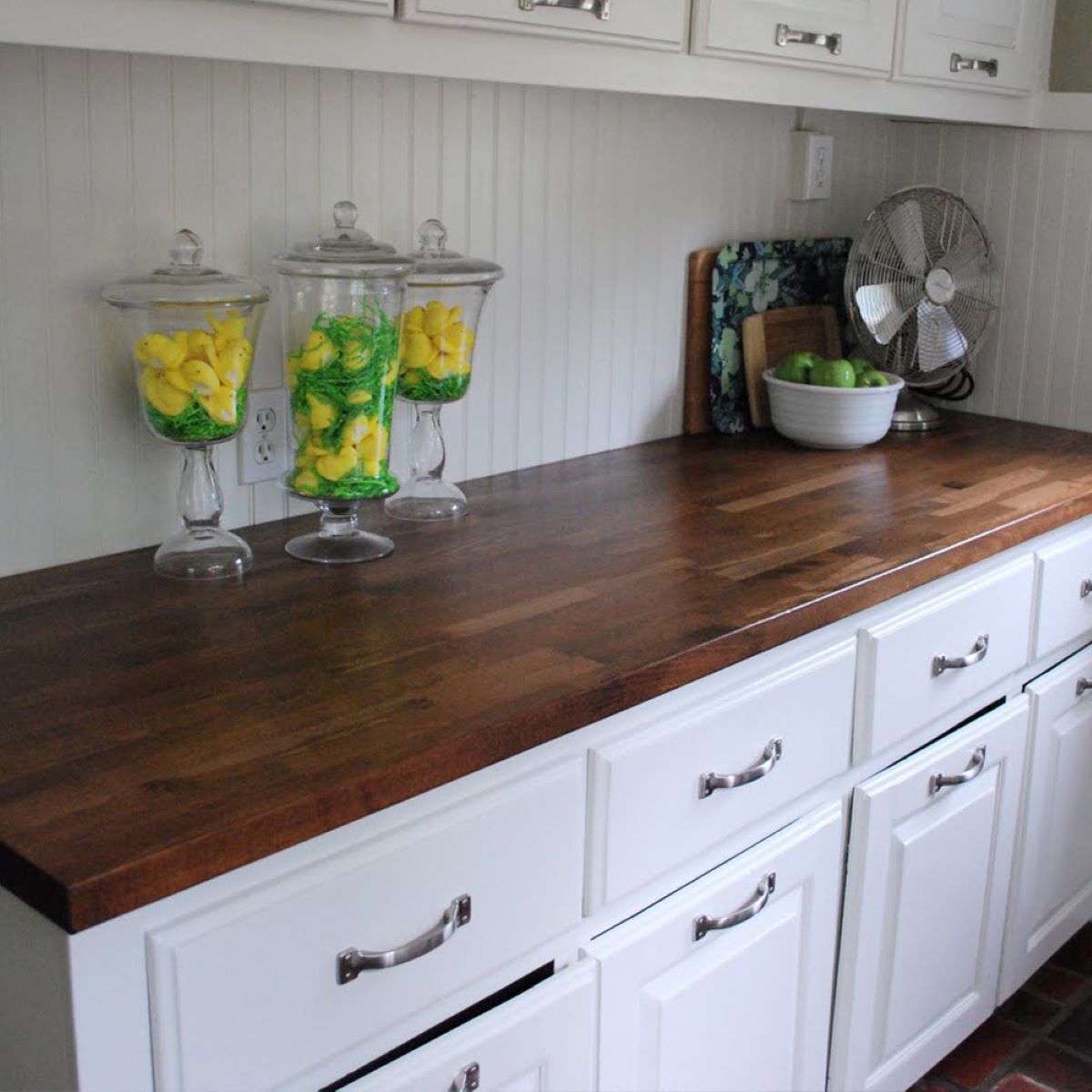

Articles
How Do You Clean Butcher Block Countertops
Modified: December 7, 2023
Learn effective methods and tips for cleaning butcher block countertops with our informative articles. Keep your countertops looking pristine and germ-free.
(Many of the links in this article redirect to a specific reviewed product. Your purchase of these products through affiliate links helps to generate commission for Storables.com, at no extra cost. Learn more)
Introduction
Butcher block countertops are a popular choice for kitchens due to their natural beauty and durability. Made from strips of wood fused together, this type of countertop provides a warm and inviting aesthetic, while also offering a sturdy surface for food preparation. However, like any other countertop material, butcher block needs regular cleaning to maintain its appearance and hygiene.
In this article, we will discuss the step-by-step process of cleaning butcher block countertops effectively. By following these guidelines, you can ensure that your countertops remain clean and free from harmful bacteria, prolonging their lifespan and preserving their natural beauty.
Key Takeaways:
- Regularly cleaning and maintaining butcher block countertops is essential for their longevity, beauty, and hygiene. Follow the step-by-step guide to ensure your countertops remain in excellent condition for years to come.
- Gather the necessary supplies, pre-clean the surface, apply a gentle cleaning solution, and maintain regular cleaning habits to keep your butcher block countertops looking beautiful and hygienic. Enjoy the warmth and charm they bring to your kitchen!
Read more: How Do You Install Butcher Block Countertops
Step 1: Gather the necessary supplies
Before you begin cleaning your butcher block countertops, it’s important to gather all the necessary supplies. Having everything ready will make the process more convenient and efficient. Here’s a list of the supplies you’ll need:
- Cleaning solution: Choose a mild and non-abrasive cleaning solution that is safe for use on wood surfaces. Avoid using harsh chemicals or abrasive cleaners, as they can damage the wood.
- Soft cloth or sponge: Use a soft cloth or sponge to apply the cleaning solution and gently scrub the surface of the butcher block. Avoid using rough materials that can scratch or damage the surface.
- Warm water: You’ll need warm water for rinsing the countertop after cleaning. Make sure the water is not too hot, as extreme temperatures can cause the wood to expand or contract.
Once you have gathered these supplies, you’re ready to move on to the next step of the cleaning process. Clear the countertop and remove any items or debris that may hinder the cleaning process.
Cleaning your butcher block countertops regularly will not only keep them looking their best but also ensure that they remain safe and hygienic for food preparation.
Step 2: Clear the countertop
Before you begin the actual cleaning process, it’s important to clear the countertop of any items or debris. Remove cutting boards, utensils, appliances, or any other objects that may obstruct the surface. This will ensure that you have unrestricted access to the entire countertop and can clean it thoroughly.
Clearing the countertop will also prevent any cleaning solution or water from coming into contact with these items, which could potentially damage them or make them unsanitary. Additionally, it will make it easier for you to see any stains or spills that need to be addressed during the cleaning process.
Take a moment to wipe away any loose crumbs, food particles, or other debris using a dry cloth or brush. This will help prevent scratching the countertop surface during the cleaning process. Once the countertop is clear and free of clutter, you can move on to the next step of pre-cleaning the surface.
By clearing the countertop before cleaning, you’re creating a clean slate for the next steps and ensuring that you can effectively and efficiently clean every inch of your butcher block countertop.
Step 3: Pre-clean the surface
Before applying any cleaning solution, it’s important to pre-clean the surface of your butcher block countertops. This step will help remove any surface dirt, grease, or stains, making the subsequent cleaning process more effective.
Start by dampening a soft cloth or sponge with warm water. Gently wipe the entire surface of the countertop, using circular motions. This will help loosen any residue or grime on the surface. Pay special attention to areas where food preparation or cooking activities commonly occur, such as near the stove or sink.
If you come across any stubborn stains or spots, you can try using a mild dish soap in addition to the warm water. Apply a small amount of dish soap to the damp cloth or sponge and gently rub the affected area. Avoid using excessive force or abrasive materials, as these can damage the wood.
After pre-cleaning the surface, take another clean cloth or sponge and wipe away any excess water or soap residue. This will prevent the cleaning solution from becoming diluted when applied in the next step.
Pre-cleaning the surface of your butcher block countertops ensures that you are starting with a clean and even surface, ready for the next step of applying the cleaning solution. This step helps in achieving a thorough and effective cleaning process.
Step 4: Apply the cleaning solution
Now that the surface of your butcher block countertops is pre-cleaned, it’s time to apply the cleaning solution. The right cleaning solution will effectively remove stains, disinfect the surface, and protect the wood from damage.
Start by preparing a mixture of your chosen cleaning solution with warm water. Follow the manufacturer’s instructions or use a mild dish soap diluted in water. Avoid using harsh chemicals or abrasive cleaners, as these can damage the wood.
Dampen a soft cloth or sponge with the cleaning solution. Gently apply it to the surface of the countertop, working in small sections at a time. Make sure to cover the entire surface, including any visible stains or marks.
Using gentle circular motions, lightly scrub the surface of the butcher block. This will help to dislodge any remaining debris or stains. Pay special attention to high-traffic areas or spots that are particularly dirty.
Be careful not to oversaturate the wood with the cleaning solution. Excessive moisture can cause the wood to warp or crack. If needed, wring out the cloth or sponge before applying the solution, or consider spraying the solution directly onto the cloth for more control.
After applying the cleaning solution, let it sit on the surface for a few minutes. This allows time for the solution to penetrate and work on any tough stains or bacteria. During this time, the cleaning solution will break down dirt and grime, making it easier to remove.
Applying the cleaning solution is a crucial step in effectively cleaning your butcher block countertops. It helps to remove stains, disinfect the surface, and prepare the wood for the next step of gentle scrubbing.
Read more: How To Do Butcher Block Countertops
Step 5: Scrub gently
Once the cleaning solution has had a few minutes to work its magic, it’s time to gently scrub the surface of your butcher block countertops. The goal here is to remove any remaining dirt, stains, or grime without causing any damage to the wood.
Using a soft cloth or sponge, begin scrubbing the surface in circular motions. Apply light pressure and focus on areas that require extra attention, such as tough stains or sticky residue. Be sure to cover the entire countertop, working in small sections to ensure thorough cleaning.
Make sure to keep the cloth or sponge damp with the cleaning solution throughout the process. This will help to effectively loosen and lift away any remaining dirt. If the cloth or sponge becomes too dirty, rinse it out and continue with fresh cleaning solution.
As you scrub, pay attention to the grain of the wood. Follow the direction of the grain to avoid causing any scratches or grooves. Going against the grain may damage the surface and compromise the integrity of the countertop.
Be patient and take your time during this step. When dealing with stubborn stains, it may be necessary to apply a bit more pressure or use a scrub brush with soft bristles. However, always test the brush in an inconspicuous area first to ensure it doesn’t cause any damage.
Once you’ve scrubbed the entire surface, take a step back and assess the cleanliness. If there are still stubborn stains or residue present, you may need to repeat the cleaning process or try a specific stain-removing technique recommended for butcher block countertops.
Gently scrubbing your butcher block countertops ensures thorough cleaning while protecting the wood from damage. It’s important to be mindful of the pressure applied and to follow the grain of the wood to maintain its natural beauty and longevity.
To clean butcher block countertops, use a mixture of mild dish soap and warm water to wipe down the surface. Avoid harsh chemicals or abrasive sponges to prevent damage. Dry the countertop thoroughly after cleaning to prevent warping.
Step 6: Rinse with warm water
After scrubbing the surface of your butcher block countertops, it’s important to rinse away any remaining cleaning solution and residue. This step will ensure that no harmful chemicals or soapy residue are left behind, maintaining the cleanliness and natural appearance of your countertops.
To rinse the countertop, dampen a clean cloth or sponge with warm water. Gently wipe down the entire surface, using circular motions, to remove any traces of the cleaning solution. It’s essential to rinse thoroughly and remove all the solution to prevent it from seeping into the wood and causing damage.
Make sure the water is warm, but not too hot, as extreme temperatures can cause the wood to expand or contract. Keep rinsing the cloth or sponge as necessary to remove any excess cleaning solution or dirt.
As you rinse, pay close attention to corners, edges, and seams. These areas tend to accumulate more dirt and residue, so take extra care to thoroughly clean them.
Once you’ve finished rinsing, use a dry cloth to wipe down the surface and remove any excess moisture. This will help prevent water spots and promote quicker drying. Ensure that the countertop is completely dry before moving on to the next step.
Rinsing your butcher block countertops with warm water is a crucial step to remove any residual cleaning solution, ensuring that your countertops are clean and safe for food preparation.
Step 7: Dry thoroughly
After rinsing your butcher block countertops, it’s essential to dry them thoroughly. Proper drying will prevent water spots, minimize the risk of warping or cracking, and maintain the overall condition of the wood.
Start by using a clean, dry cloth to gently wipe down the entire surface of the countertop. Absorb as much moisture as possible and pay attention to corners and edges where water may collect.
Next, allow the countertop to air dry naturally for a few hours. This will ensure that any remaining moisture evaporates completely. It’s important to avoid using heat sources such as hairdryers or placing hot items directly on the countertop to speed up the drying process, as this can damage the wood.
If you’re concerned about water spotting or want to expedite the drying process, you can use a fan or open windows to increase airflow. This will aid in the evaporation of moisture and help your countertops dry more quickly.
Once the countertop is completely dry, give it a final wipe-down with a clean, dry cloth to ensure that no moisture remains. This step will help maintain the appearance of your butcher block countertops and prevent any potential damage caused by prolonged exposure to water.
Remember, proper drying is crucial to maintain the integrity and aesthetics of your butcher block countertops. Taking the time to ensure thorough drying will help prolong their lifespan and keep them looking their best.
Step 8: Apply butcher block oil (optional)
Applying butcher block oil is an optional step that can help enhance the beauty and longevity of your countertops. Butcher block oil provides a protective layer that seals the wood, preventing it from drying out, absorbing moisture, or becoming damaged over time.
If you choose to apply butcher block oil, make sure to use a food-grade oil that is specifically designed for treating wooden surfaces. Mineral oil and food-grade cutting board oil are commonly used options and can be found at hardware stores or online.
To apply the butcher block oil, start by ensuring that the countertop is clean and dry. Using a clean cloth or applicator pad, apply a thin, even layer of oil to the entire surface of the countertop. Be sure to apply the oil in the direction of the wood grain for optimal coverage.
Allow the oil to penetrate the wood for the recommended amount of time as stated in the product instructions. This usually ranges from a few minutes to several hours. During this time, the oil will seep into the wood, nourishing it and providing a protective barrier.
After the recommended time has elapsed, use a clean cloth to gently wipe away any excess oil from the surface of the countertop. This step is crucial to prevent the surface from feeling sticky or oily and to ensure an even application.
Depending on the condition of your butcher block countertops and the instructions provided by the oil manufacturer, you may need to repeat this process multiple times to achieve the desired level of protection and sheen.
Remember that applying butcher block oil is an optional step. However, it can significantly enhance the beauty and durability of the wood, making it more resistant to stains, moisture, and daily wear and tear.
Step 9: Maintain regular cleaning
Once you have cleaned and treated your butcher block countertops, it’s essential to establish a regular cleaning routine to keep them looking their best and maintain their hygiene. Regular cleaning will help prevent the buildup of dirt, stains, and bacteria, and prolong the life of your countertops.
Here are a few tips for maintaining regular cleaning:
- Wipe up spills immediately: Accidents happen, and spills are inevitable in the kitchen. However, it’s important to clean up spills promptly to prevent stains and damage to the wood. Use a damp cloth or sponge to wipe away any spills as soon as they occur.
- Avoid harsh chemicals and abrasive materials: When cleaning your butcher block countertops, stick to mild and non-abrasive cleaning solutions. Harsh chemicals and abrasive materials can strip the protective finish and damage the wood.
- Use cutting boards and trivets: To protect the surface of your countertops from scratches and heat damage, always use cutting boards when chopping or slicing food, and place hot pans or dishes on trivets or hot pads.
- Regularly sanitize the surface: To maintain a hygienic environment, it’s important to sanitize your butcher block countertops regularly. You can use a solution of white vinegar and water or a food-safe disinfectant to kill any bacteria lingering on the surface.
- Reapply butcher block oil as needed: Over time, the protective layer of butcher block oil may wear off. If you notice that water is no longer beading on the surface or the wood feels dry, it may be time to reapply the oil. Follow the manufacturer’s instructions for the recommended frequency of oiling.
- Keep the countertops dry: After cleaning or any spills, ensure that the countertops are thoroughly dried to prevent water spots and minimize the risk of warping or cracking.
By incorporating these practices into your regular cleaning routine, you can keep your butcher block countertops in top condition and enjoy their beauty for years to come.
Conclusion
Cleaning and maintaining butcher block countertops is essential for their longevity, beauty, and hygiene. By following the step-by-step guide outlined in this article, you can effectively clean your butcher block countertops and ensure they remain in excellent condition.
Remember to gather all the necessary supplies before starting, including a mild cleaning solution, a soft cloth or sponge, and warm water. Clear the countertop of any items or debris to have an unobstructed cleaning surface. Pre-clean the surface to remove any dirt or stains, and then apply the cleaning solution, gently scrubbing the countertop in circular motions.
Rinse the countertop with warm water to remove any residual cleaning solution and dry it thoroughly to prevent water spots and damage. Optionally, you can apply butcher block oil to protect and enhance the wood’s natural beauty.
Finally, it is crucial to maintain regular cleaning habits to prevent buildup and maintain the countertop’s hygiene. Wipe up spills immediately, avoid harsh chemicals and abrasive materials, use cutting boards and trivets, and regularly sanitize the surface. Reapply butcher block oil as needed to keep the wood nourished and protected.
Cleaning and maintaining your butcher block countertops will ensure that they continue to be a focal point of your kitchen, providing a beautiful and functional surface for years to come. Enjoy the warmth and charm that these countertops bring to your home.
Frequently Asked Questions about How Do You Clean Butcher Block Countertops
Was this page helpful?
At Storables.com, we guarantee accurate and reliable information. Our content, validated by Expert Board Contributors, is crafted following stringent Editorial Policies. We're committed to providing you with well-researched, expert-backed insights for all your informational needs.
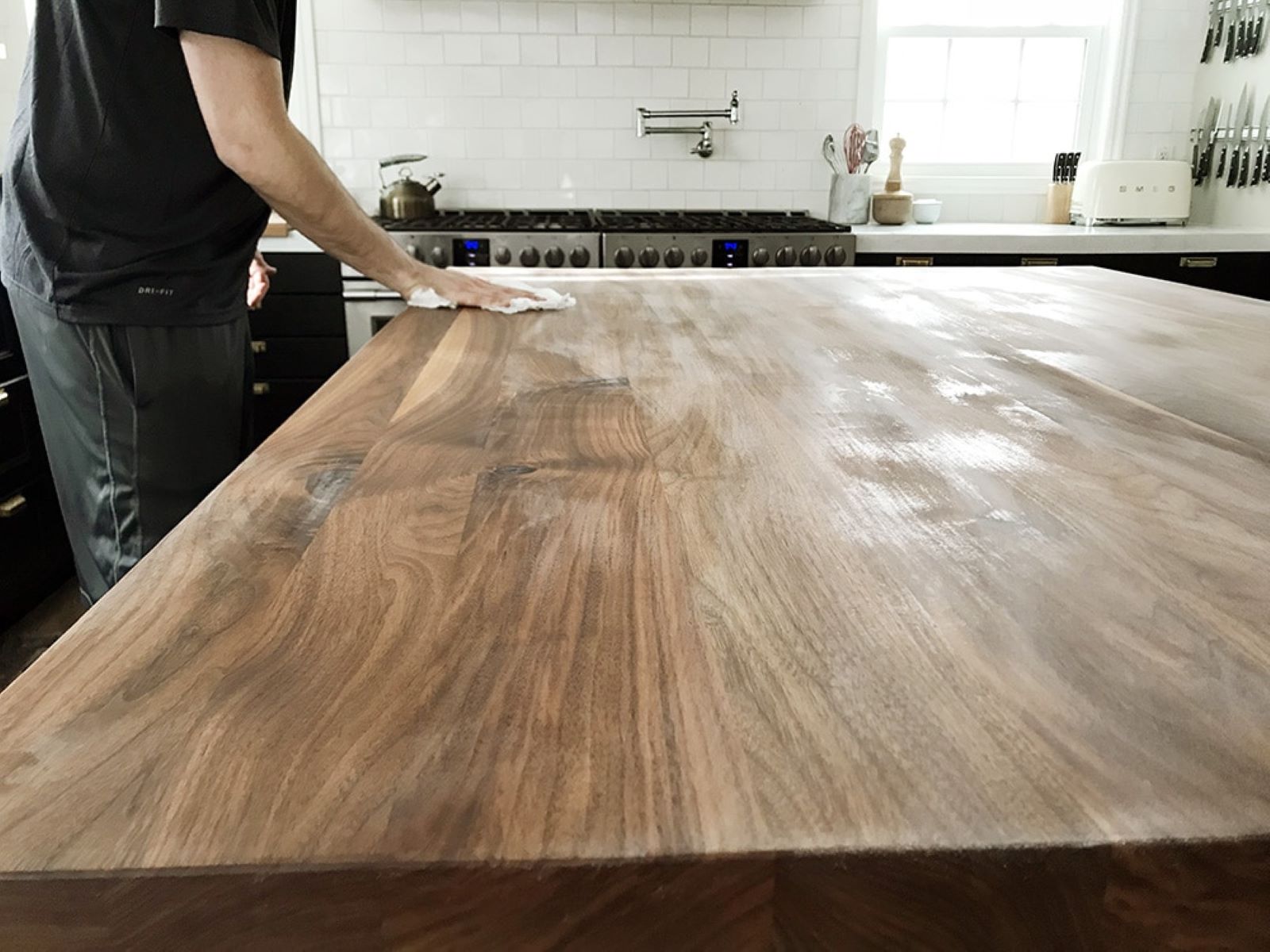
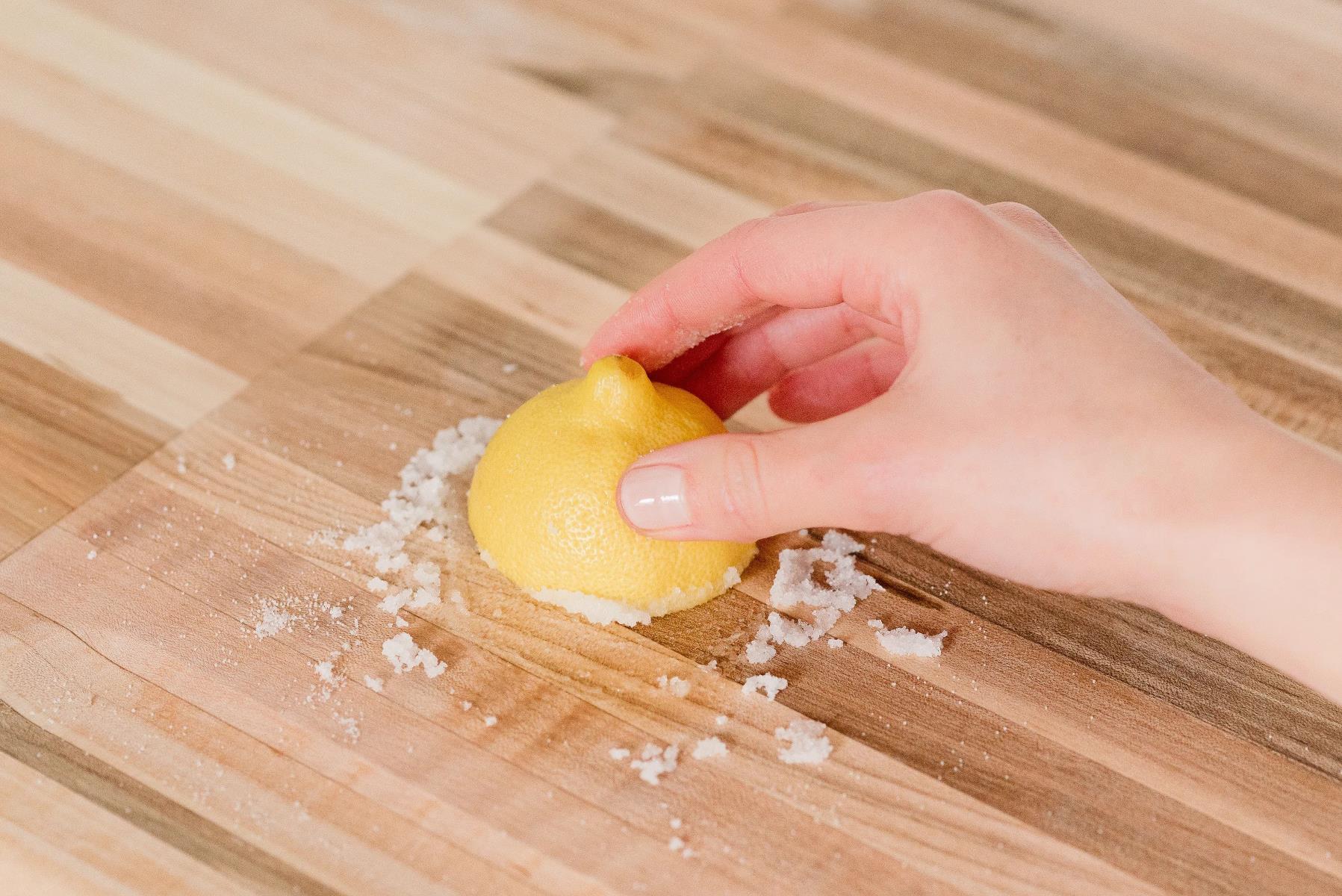
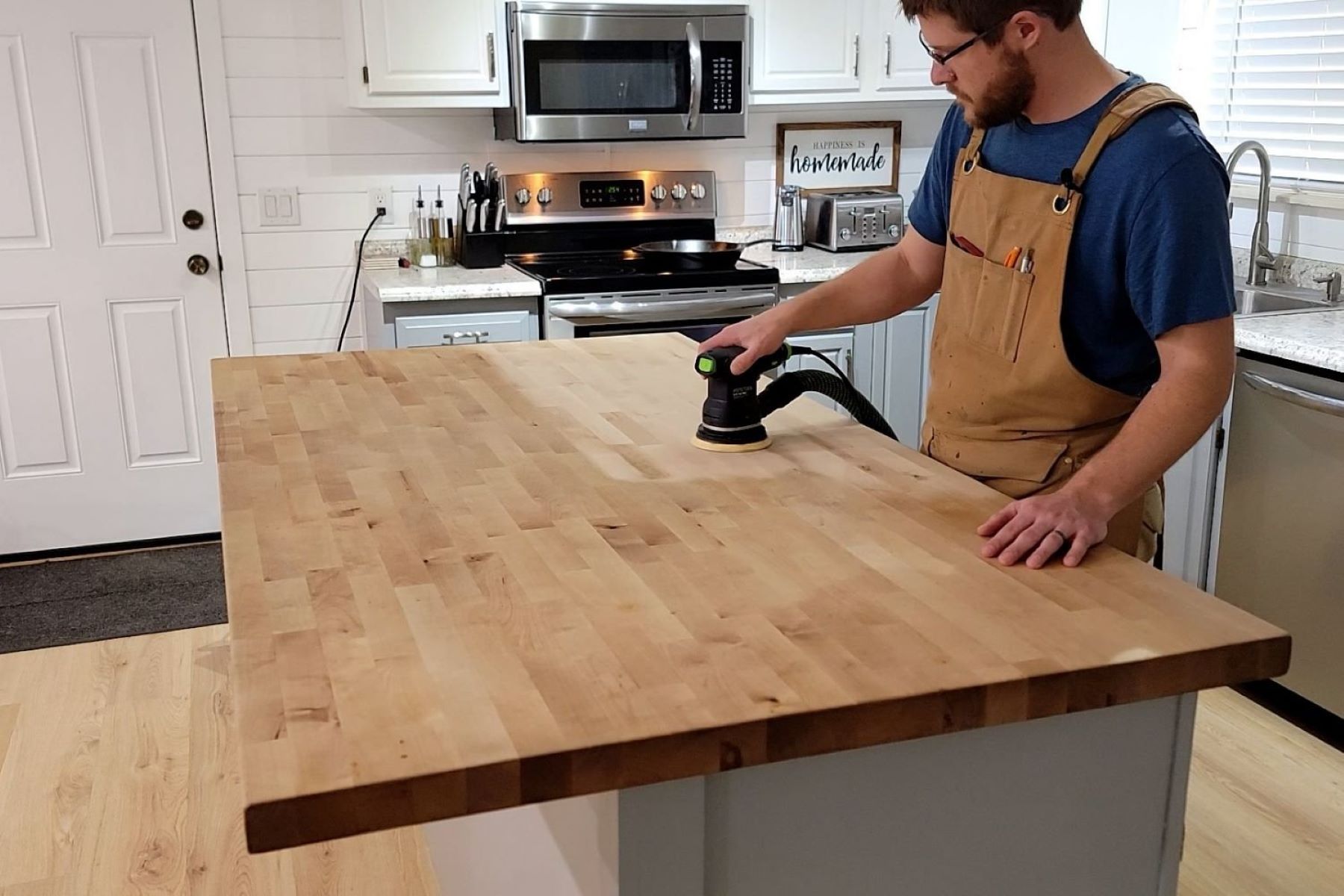
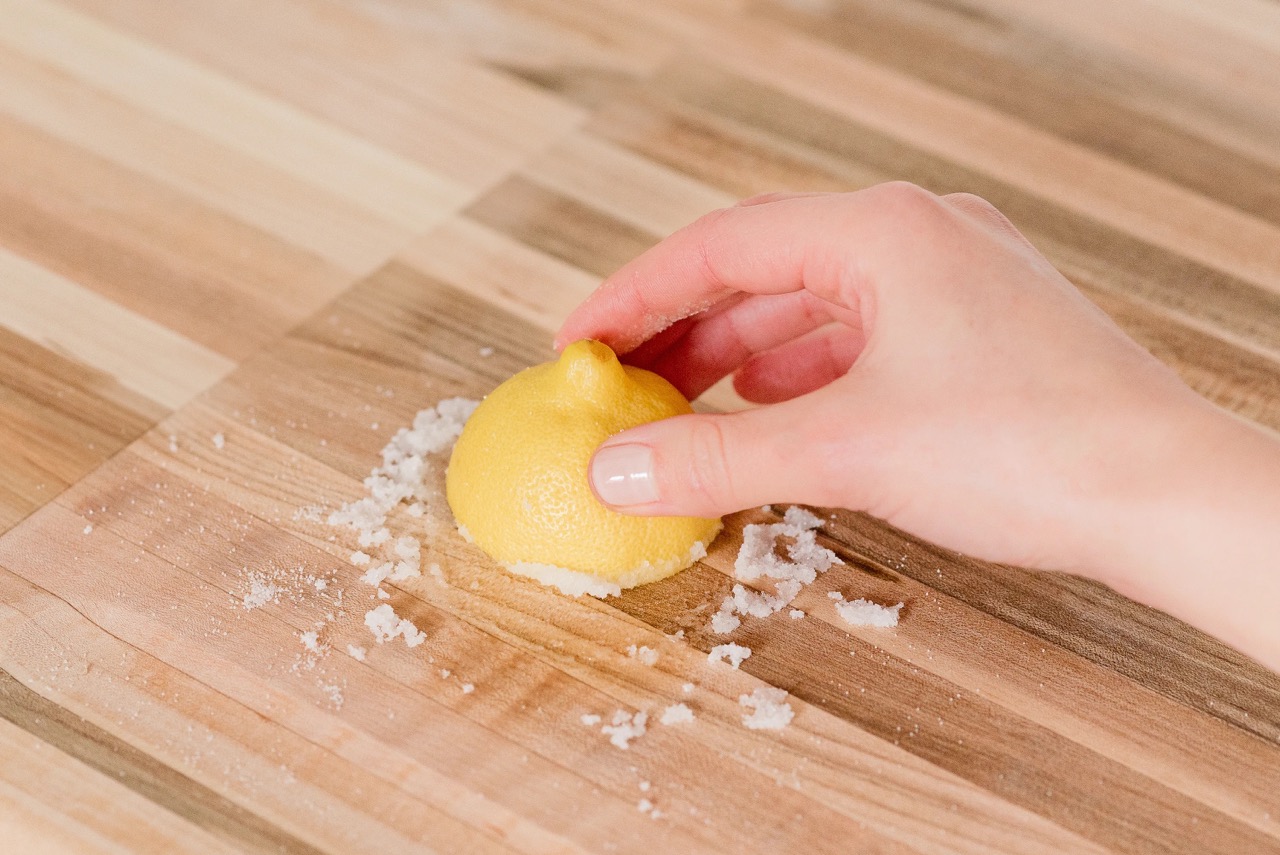
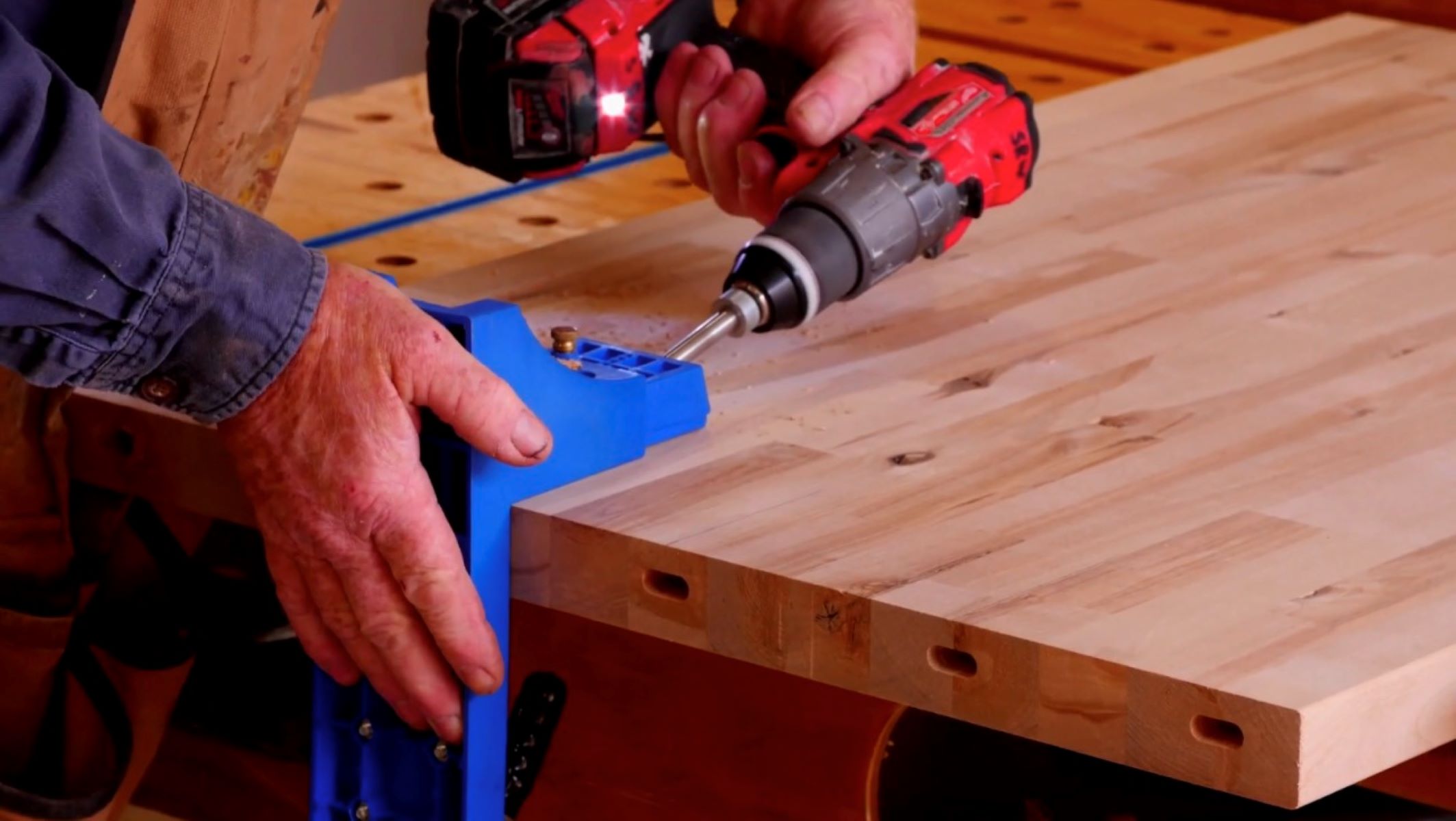
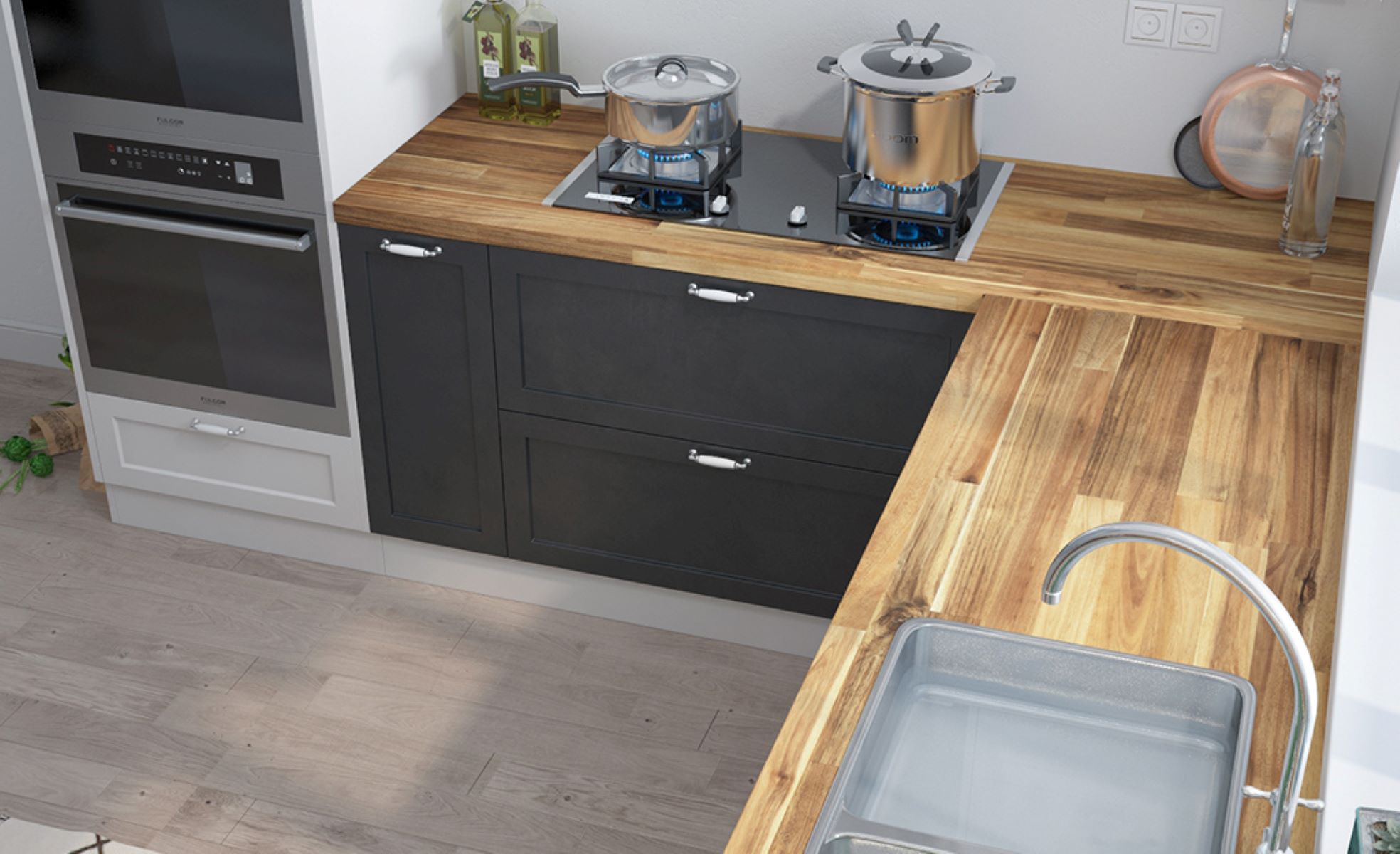
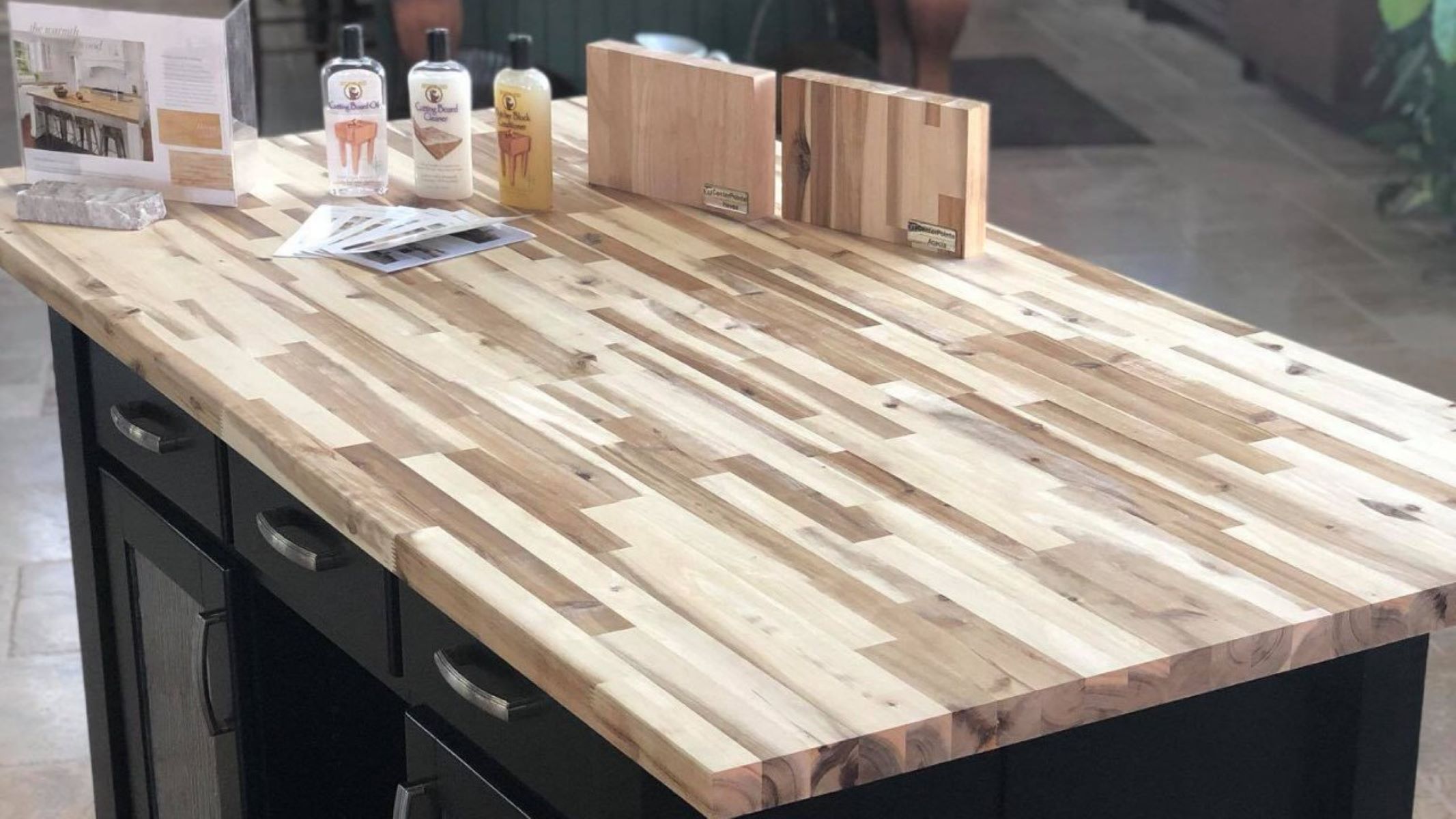
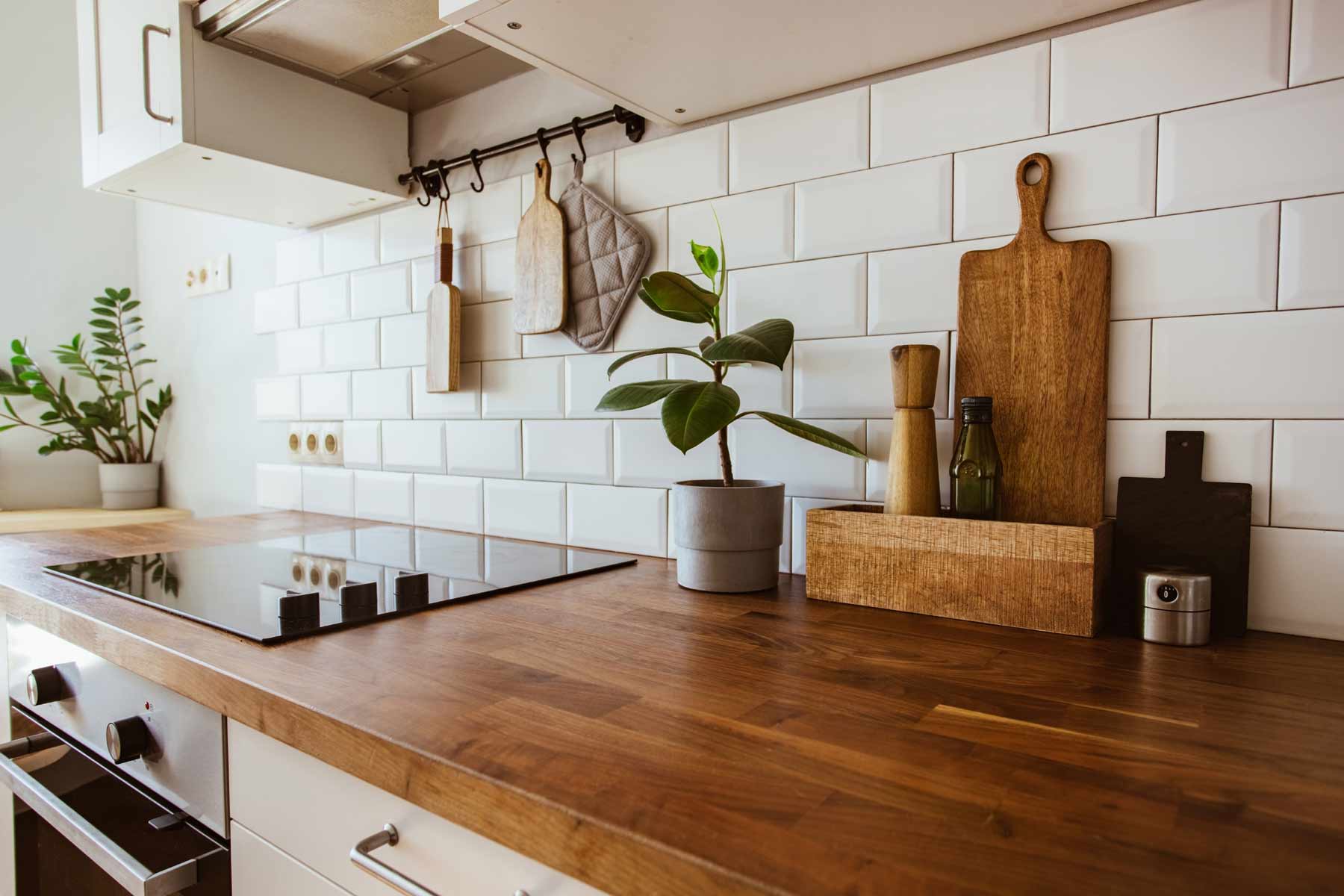
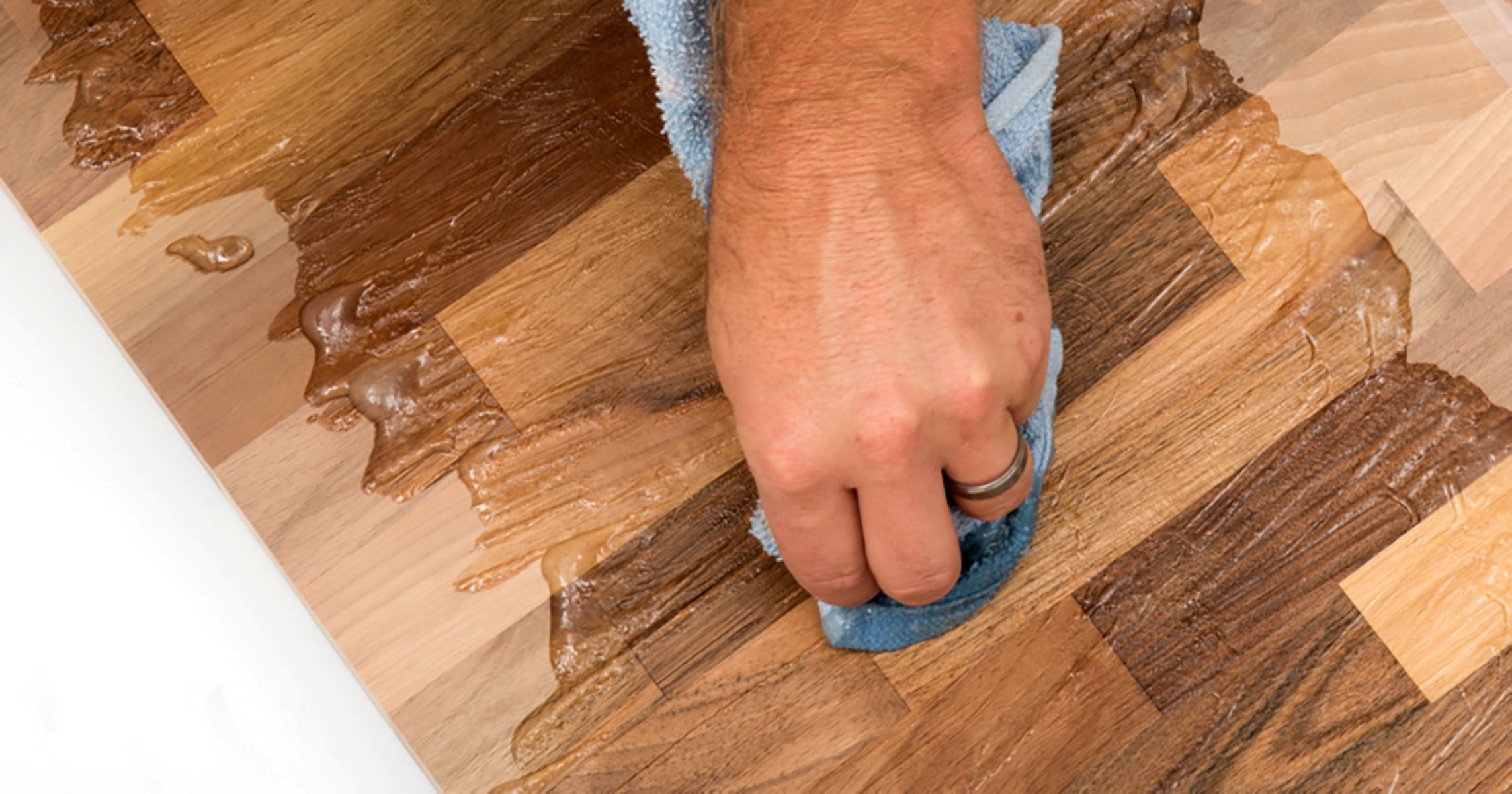
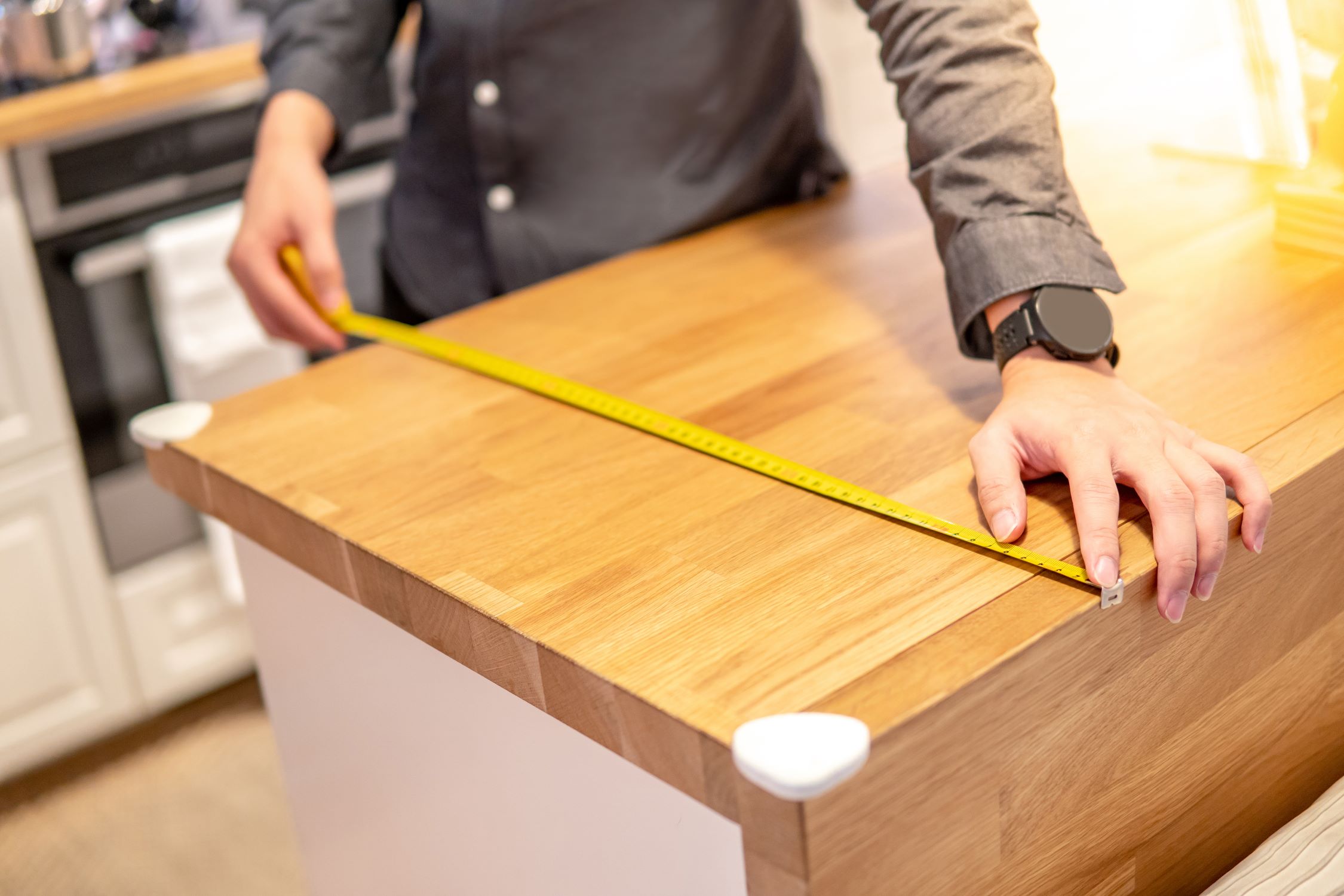
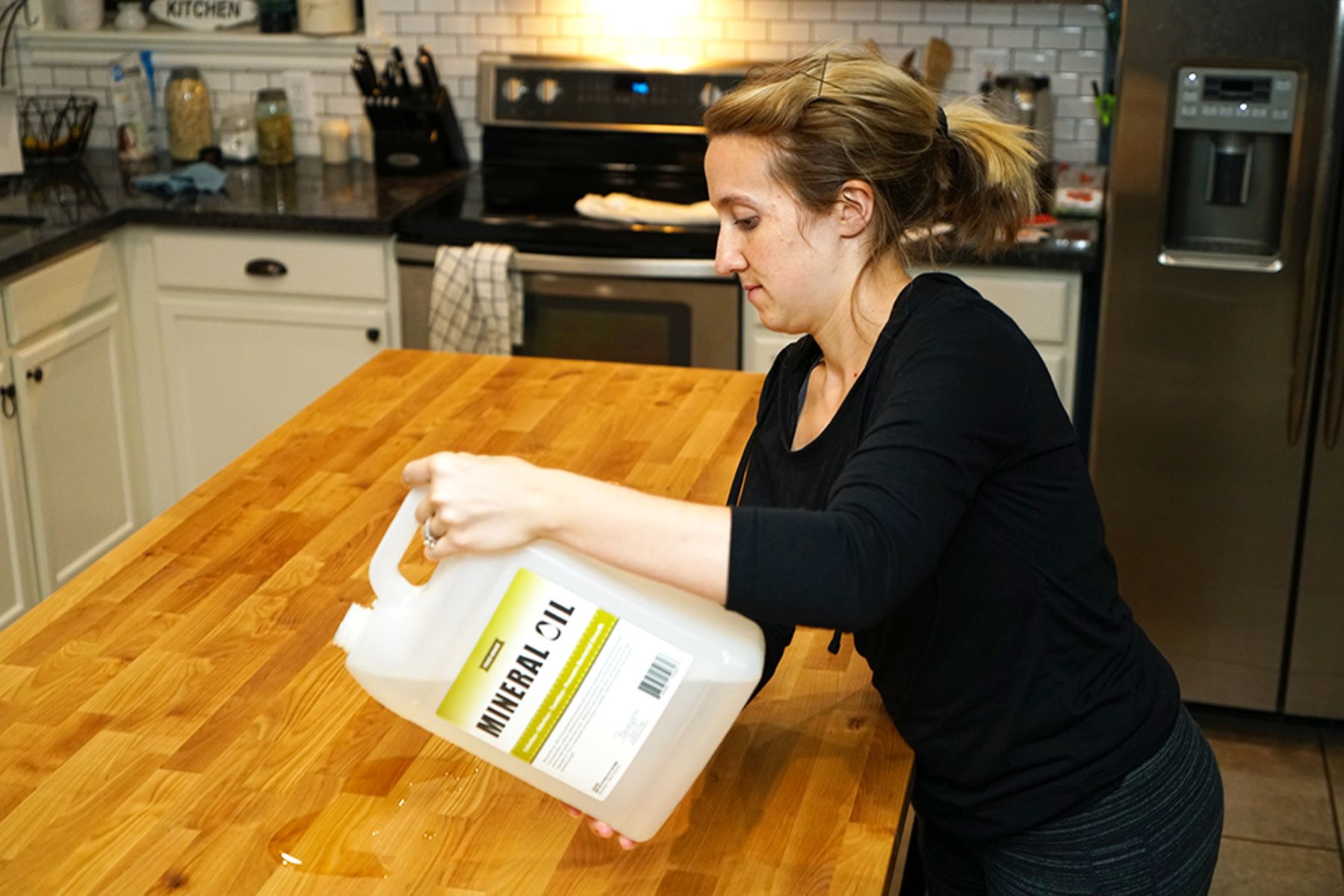
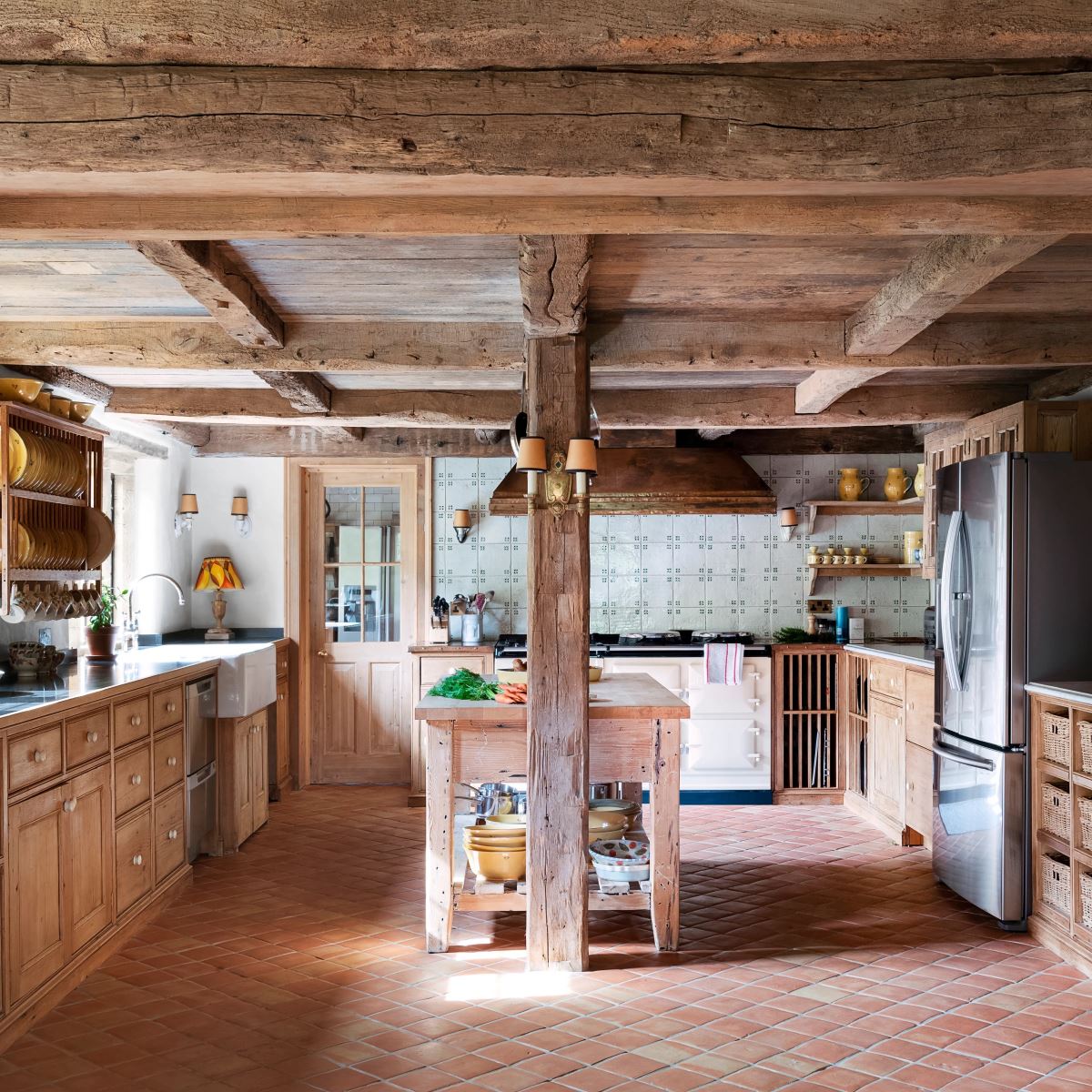
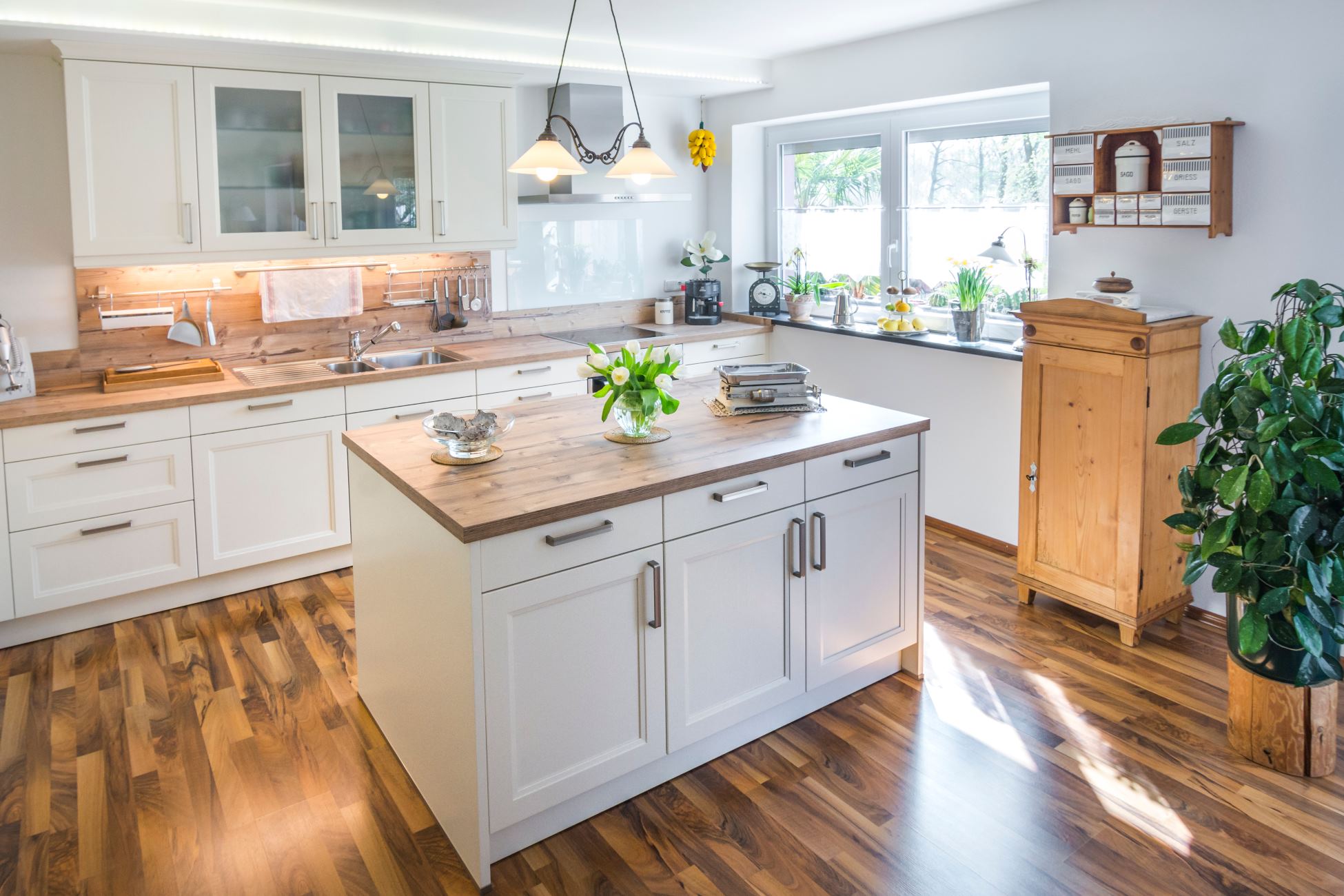

0 thoughts on “How Do You Clean Butcher Block Countertops”